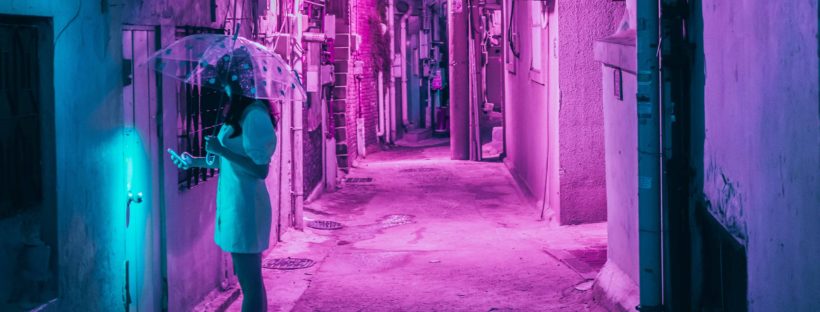
Han Kang, Min Jin Lee, and Crystal Hana Kim have given us their own unique glimpses into the Korean peninsula’s history and present, but few novels of South Korea have gone to so dark a place as Ancco‘s semi-autobiographical work, Bad Friends. This brief, striking vision of South Korea’s early Sixth Republic presents a side of the country rarely seen in the West, one driven by alcohol, drugs, and prostitution.
K-pop fans, beware. Bad Friends will shatter your illusions of a bubbly, happy South Korea. Ancco’s depiction of her badly behaved, teenage heroines, Pearl and Jeong-ae, is as much a reflection on their society as on the girls themselves. Coming from abusive homes headed by incompetent and cruel adults, and spending their days in schools run by the same, the titular friends live in a society very much marked by its military dictatorship past. Previous Korean Republics haunt the margins of Bad Friends, and are to blame, at least in part, for how completely the adults in Pearl and Jeong-ae’s lives fail them.
Ultimately, no one among Bad Friends‘ cast emerges blameless. The girls who plan to run away in one instant abandon one another in the next. Parents remain abusive and distant. School officials feel justified in their beratement of students. Somewhere in the midst of all this constant disappointment in our fellow man, however, Ancco has managed to tell a compelling, universal story of doing the best you can and still failing to be good enough.
My rating: 5 of 5 stars
I received a copy of this book from the publisher in exchange for this review.
Read all my reviews and follow me on Goodreads!
Image credit: Steven Roe
